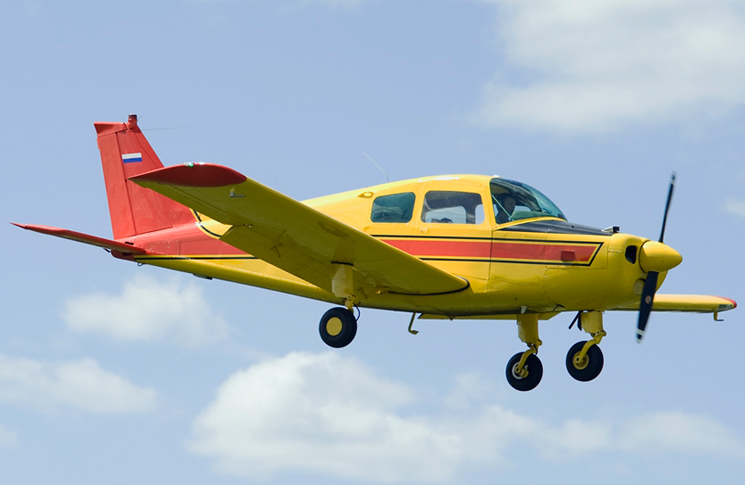A LAME and low-time pilot learns about aspects of automation that aren’t in the user manual
It was early December and I had the task of ferrying a customer’s Beech Musketeer back to Victoria from Burketown Queensland. The owner had suffered an engine failure up there a few months earlier and now with a freshly rebuilt engine in the back of the ute, a co-worker and I were on our way to install it and I, as a LAME with a fresh private pilot’s licence (PPL), was looking forward to flying the old Beech home.
The installation went well and after the necessary paperwork and a quick local flight, I fuelled up the Mouse and headed south. I had carefully flight planned my route home via major highways and towns—Cloncurry, Longreach, Charleville, Bourke, Tocumwal, Tyabb and estimated I could complete the flight in two days.
Unfortunately several things arose that would impede my progress. Due to a major heatwave that covered most of NSW and Queensland, ground level temps were in the low 40s. This caused some pretty severe turbulence at the levels I was flying at. The engine builder had warned me not to climb above 5000 ft as the new engine needed a higher manifold pressure to bed in properly, so I just had to grin and bear it. Due to this and some fuelling delays, I found myself on the morning of the third day departing Bourke, NSW, for Tocumwal. With approximately 10 hours flying time on the new engine I decided to climb to 8500 ft where the air was smooth and cool. The Mouse was equipped with a simple but effective autopilot with both heading and altitude hold functions and now with the new smooth flying conditions I could finally take advantage of it.
Off in the distance I could see a line of dark clouds with falling rain. The base of the cloud looked to be approximately at my level but I decided that I would wait until I was closer to descend. As I got closer I could see that it was going to be close but as I was on autopilot and enjoying the smooth flying at this level I decided to push through. As I entered the rain, forward visibility dropped considerably. I could see down but now the smooth flying had been replaced with turbulence again and quite an updraft. The trim warning on the autopilot started beeping and I decided at this point it was time to descend. I hit the autopilot disconnect on the control yoke and that’s when it happened. The aircraft pitched sharply up and into the base of the cloud. I now had zero visibility forward or down. I glanced at the artificial horizon (AH) but its old black and white display made no sense to me in this moment. I pushed the column over—the wind noise got louder and the engine was roaring. My heart was pounding in my chest. In that moment I remember thinking ‘This is it. Everything you’ve been told about VFR into IMC and now it’s happened to you.’
After what seemed an eternity but in reality was probably no more than 20 seconds, I popped out into clear sky. The aircraft was nose down in a left-hand bank, no doubt the beginning of a spiral dive. I quickly recovered the aircraft and myself, reset my course and continued on my way.
What went wrong/lessons learned
- The previous two days of flying hadn’t been fun—extreme temperatures with severe turbulence. I hadn’t eaten much or slept particularly well and I was now in smooth air and actually enjoying the flight. This reinforced my reluctance to descend back into the bumps and remain positively clear of the rain and cloud.
- Autopilot—I hadn’t used them much and after speaking to several other more experienced pilots about my incident, I now know that an extreme pitch up or down is quite common when disconnecting. The trim warning light and alarm was on. I should have anticipated an out of trim condition.
- Instrument flying—at this point I had only completed the minimum two hours instrument time for my PPL, one hour of which was in a simulator and the other under a hood. I had never flown in complete IMC before and I was totally unprepared for the disorientation I encountered. I had also never flown on an older type black and white AH before.
Since this event (more than five years ago) I have continued to fly for both work and pleasure. Each of my aeroplane flight reviews (AFRs) and additional type/design endorsements have included an instrument flying component and I am now more confident with limited visibility flight and am currently studying for the instrument training exam (IREX).
However, in spite of this, I now make sure when flying that I stay well in front of the aeroplane with my command decisions and change course/level well ahead of time to avoid a similar occurrence. Also when using any aircraft system, especially autopilots, I make sure that I am aware of exactly what the system will or will not do prior to engaging or disconnecting it.



Comments are closed.